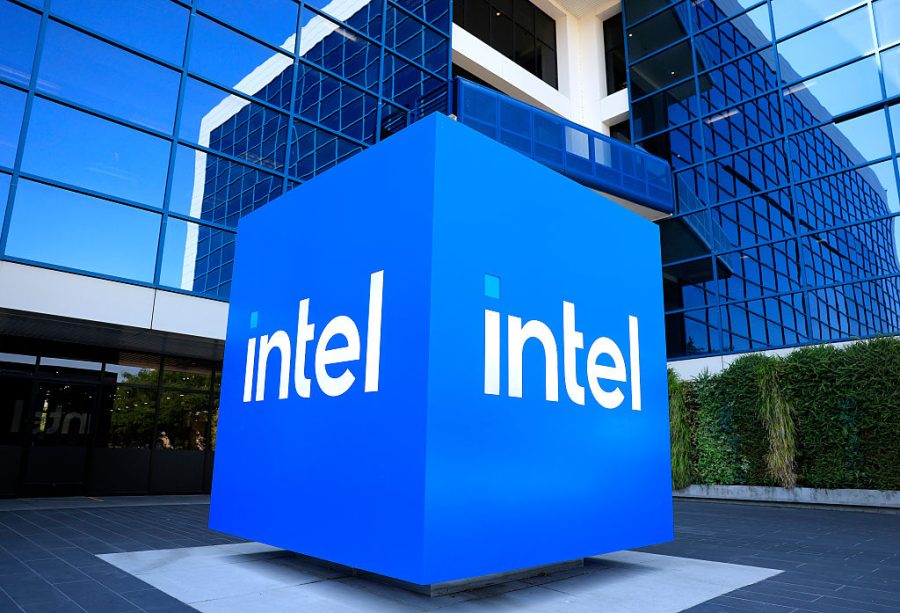When President Trump unveils a massive investment in the microchip manufacturer Intel on behalf of the American people it will no doubt be accompanied by all the usual hyperbole. No doubt we will hear all about how it will be the ‘deal of the century’, delivered personally by the ‘investor in chief’. But hold on. Sure, we can understand why the President wants to help one of the US’s most strategic companies. But the blunt truth is that Intel is well past its peak – and it will prove to be a terrible deal.
It will be one of the largest industrial investments the White House has ever made. According to reports today, the government is discussing taking a 10 per cent stake in Intel, making it the largest shareholder. In total, the government might pump around $10 billion (£7.4 billion) into the company, although a big chunk of that will come from converting the billions in grants and subsidies it received from President Biden’s Chips Act into equity. Either way, Intel will get a big chunk of extra cash.
Intel has become hooked on subsidies and grants
In fairness, there is a case to be made for state support. Microchips are a key strategic industry, and, just like Joe Biden, President Trump wants to make sure that the United States has enough manufacturing capacity on its home soil. He wants to ensure the country is not completely reliant on imports from South Korea, Japan, or, most worryingly of all, Taiwan, given that it could be invaded by China one day. It is probably significant that one of Intel’s biggest projects is a new plant in Ohio, which also happens to be the home state of vice president J.D. Vance.
The trouble is, the company also faces huge challenges. The days when laptops proudly boasted ‘Intel Inside’ are long in the past. The company’s share price has halved over the last five years. It has been overtaken in chip technology by Nvidia, now the largest company in the world measured by market value, as well as Taiwan’s TSMC. It has abandoned its plans to invest in Germany, despite receiving billions of euros from the government in Berlin to build a plant in the country because it couldn’t work out how to make it pay. In the mass market, Samsung has overtaken it, and Chinese manufacturers are snapping at its heels. It may have been one of the pioneers of the computer age, but it is now looking well past its prime.
In reality, Intel has become hooked on subsidies and grants. The company has become very good at hustling cash out of governments. It has not been so good at making chips or serving customers. It is very hard to see how a few more billions from the White House is going to turn that around now. President Trump will no doubt boast that he has secured ‘the best deal ever’. But it is likely to prove a terrible investment.






Comments